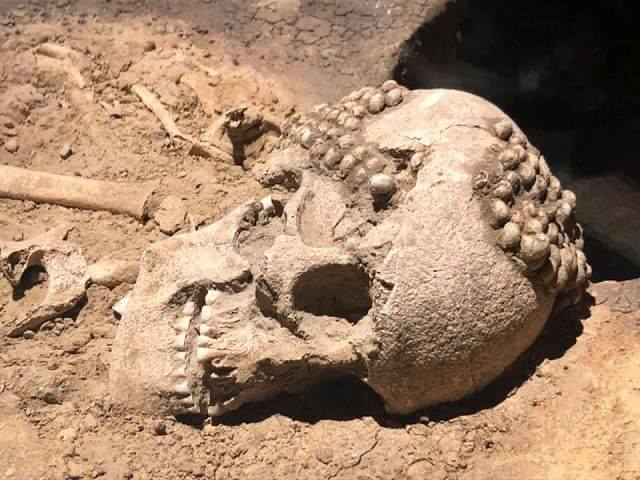
This haunting image captures the partial remains of a Paleolithic child, discovered in the Lagar Velho rock shelter of Portugal’s Lapedo Valley. Dating to around 24,000 years ago, this burial belongs to a child roughly four years old and is one of the earliest known examples of symbolic grave goods in Western Europe.


